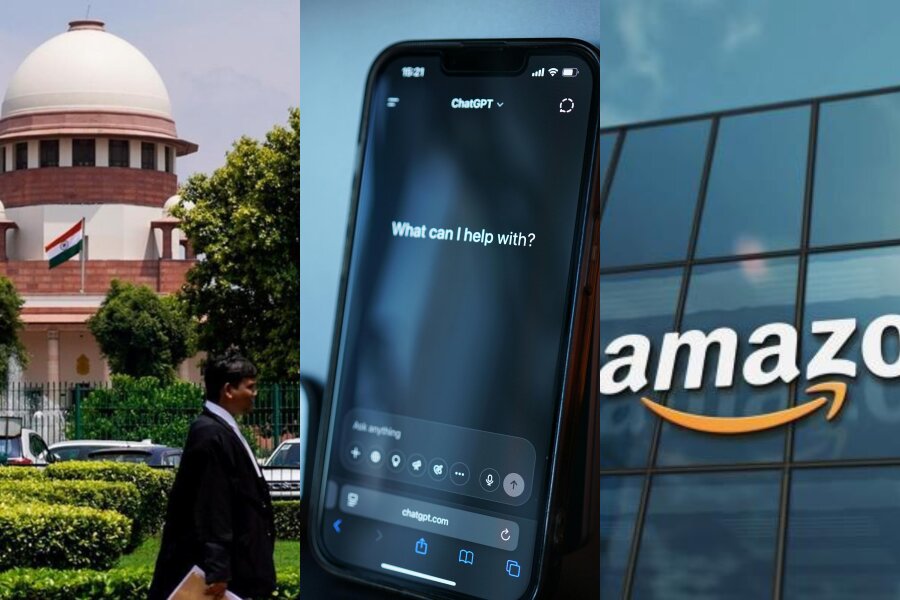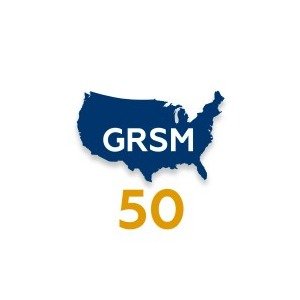Best Art & Cultural Property Law Lawyers in Cincinnati
Share your needs with us, get contacted by law firms.
Free. Takes 2 min.
List of the best lawyers in Cincinnati, United States
About Art & Cultural Property Law in Cincinnati, United States
Art & Cultural Property Law is a specialized field dealing with the legal aspects surrounding art and cultural heritage. In Cincinnati, a city enriched with art institutions and historic sites, this field covers a range of issues including the protection of artworks, ownership rights, repatriation of cultural properties, and protection against unauthorized reproductions. Due to its rich cultural landscape, Cincinnati's legal framework often involves collaboration between museums, private collectors, artists, and governmental bodies.
Why You May Need a Lawyer
Engaging with Art & Cultural Property Law might require legal assistance for several reasons. Common situations include disputes over the provenance or authenticity of artwork, violations of moral rights, issues with intellectual property, and navigating the complex laws around the sale and taxation of art. Additionally, if you're an institution facing challenges with repatriating cultural artifacts, or an artist dealing with unauthorized use of your work, legal expertise is crucial in protecting your rights and resolving conflicts.
Local Laws Overview
Cincinnati adheres to both state and federal regulations relating to art and cultural properties. Key aspects include compliance with the Visual Artists Rights Act (VARA), laws pertaining to the sale and transfer of artwork, and specific state legislation that might influence transaction parameters. Additionally, the Ohio Revised Code emphasizes the handling and reporting requirements for historical and archaeological artifacts found within the state. Participants in the art market must also be aware of local ordinances related to public art installations and zoning laws affecting art spaces.
Frequently Asked Questions
1. What is cultural property?
Cultural property refers to objects, sites, or artifacts of historical, artistic, religious, or cultural significance. This can include sculptures, paintings, manuscripts, monuments, and archaeological finds.
2. What is provenance, and why is it important?
Provenance is the documented history of an item’s ownership and origin. It is critical in establishing authentication, fair market value, and legal ownership, thereby preventing legal disputes.
3. How can I verify the authenticity of an artwork?
Authenticity can be verified through expert appraisals, provenance checks, and scientific tests. Legal advice can be sought to ensure authenticity determinations are recognized and legally sound.
4. What are an artist’s moral rights?
Moral rights include the right of attribution and the right to integrity, allowing artists to protect their personal connection to a creation. These rights prevent unauthorized alterations or destruction of artworks.
5. How do repatriation laws affect cultural property?
Repatriation laws facilitate the return of cultural artifacts to their countries or communities of origin. Legal counsel can help navigate the international treaties and domestic laws governing repatriation.
6. What are the tax implications of selling art?
The sale of art can incur tax obligations such as sales tax, capital gains, and use tax. Each transaction must comply with state and federal tax laws, often requiring specialized tax advice.
7. What is fair use, and how does it apply to art?
Fair use allows limited use of copyrighted material without permission, under certain circumstances. Understanding its application can help artists and owners avoid infringement issues.
8. Can graffiti be protected under Art & Cultural Property Law?
Yes, under certain conditions. If recognized as significant art, graffiti can receive protection, especially concerning intellectual property rights under specific circumstances.
9. How does one handle artwork left in a will?
Handling art in wills involves probate procedures and tax considerations. Legal advice is critical to ensure proper execution according to the deceased's wishes, sometimes involving appraisals and insurance.
10. What role do museums play in cultural property law?
Museums are central to the acquisition, protection, and sometimes repatriation of cultural properties. They work within legal frameworks to maintain their collections ethically and lawfully.
Additional Resources
The following are useful resources for legal advice and information:
- Ohio Historical Society - provides guidance on archaeological site management.
- Art Possession Risk Database - a tool for tracking provenance-related risks.
- Cincinnati Art Museum - for workshops and lectures on art law issues.
- United States Copyright Office - for intellectual property concerns.
- American Alliance of Museums - offers guidelines and resources on ethical practices.
Next Steps
To proceed with legal assistance in Art & Cultural Property Law, consider the following steps:
- Consult with a specialized Art & Cultural Property Lawyer to discuss your specific situation.
- Gather relevant documentation, such as provenance, appraisals, and any previous legal agreements.
- Attend local seminars or workshops to enhance your understanding of applicable laws.
- Use online legal resources and databases to research case laws and precedents.
- Remain informed on current developments through legal publications and journals focused on art law.
Lawzana helps you find the best lawyers and law firms in Cincinnati through a curated and pre-screened list of qualified legal professionals. Our platform offers rankings and detailed profiles of attorneys and law firms, allowing you to compare based on practice areas, including Art & Cultural Property Law, experience, and client feedback.
Each profile includes a description of the firm's areas of practice, client reviews, team members and partners, year of establishment, spoken languages, office locations, contact information, social media presence, and any published articles or resources. Most firms on our platform speak English and are experienced in both local and international legal matters.
Get a quote from top-rated law firms in Cincinnati, United States — quickly, securely, and without unnecessary hassle.
Disclaimer:
The information provided on this page is for general informational purposes only and does not constitute legal advice. While we strive to ensure the accuracy and relevance of the content, legal information may change over time, and interpretations of the law can vary. You should always consult with a qualified legal professional for advice specific to your situation.
We disclaim all liability for actions taken or not taken based on the content of this page. If you believe any information is incorrect or outdated, please contact us, and we will review and update it where appropriate.









